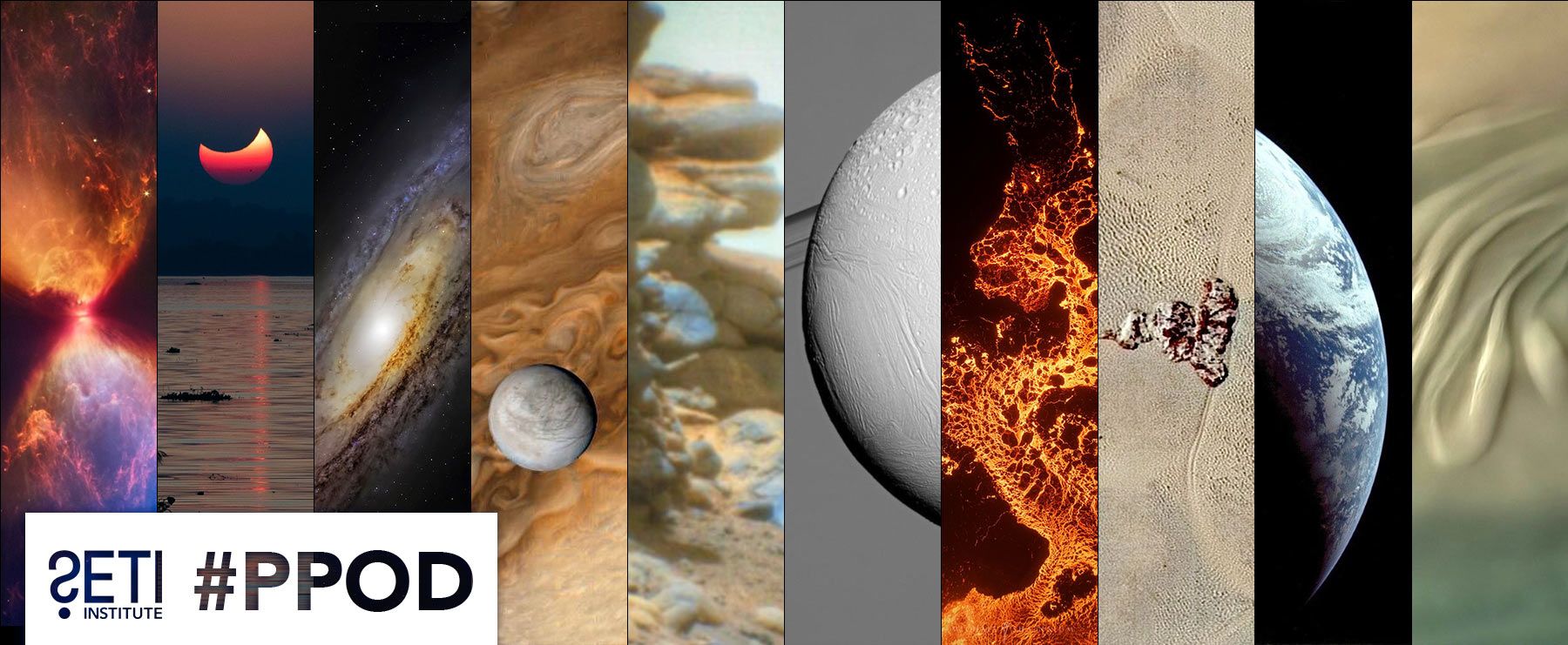
Planetary Picture of the Day
Weeks of November 14 and 21, 2022
Eclipses, galaxies, our diverse and fascinating solar system – there’s so much to see out there!
Monday, November 14, 2022
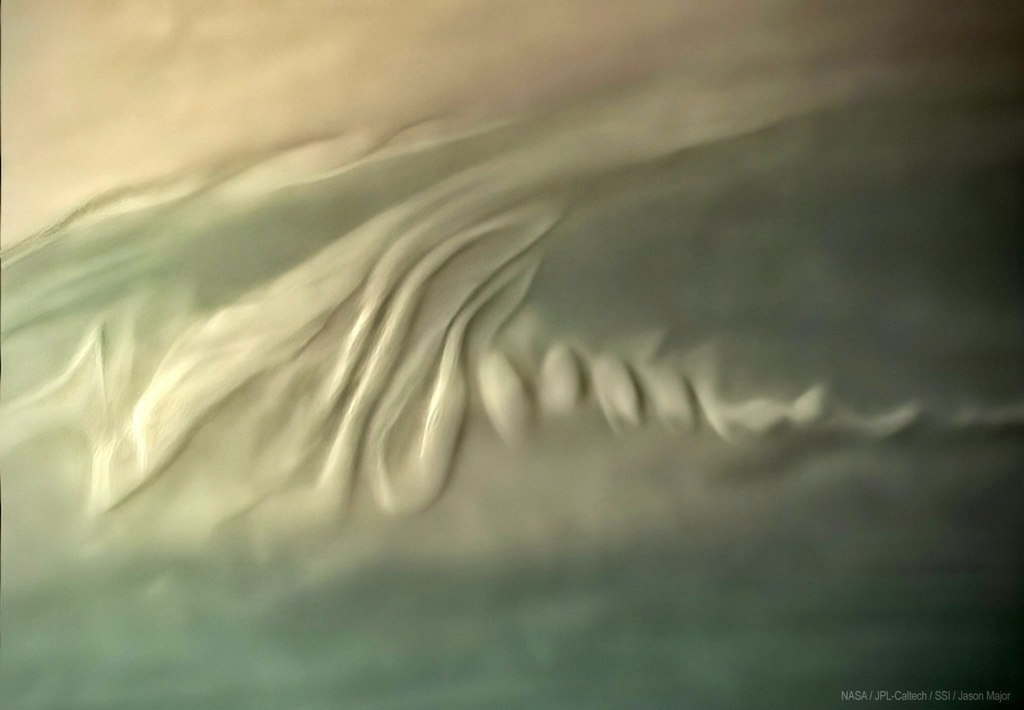
Credit: NASA/JPL-Caltech/SSI/Jason Major
Planetary Latte
This very impressive - and little known - image of a meandering squiggle of high-altitude clouds on Saturn was captured by the Cassini spacecraft on July 18, 2010. It almost looks like one of these fancy latte art designs!
Tuesday, November 15, 2022
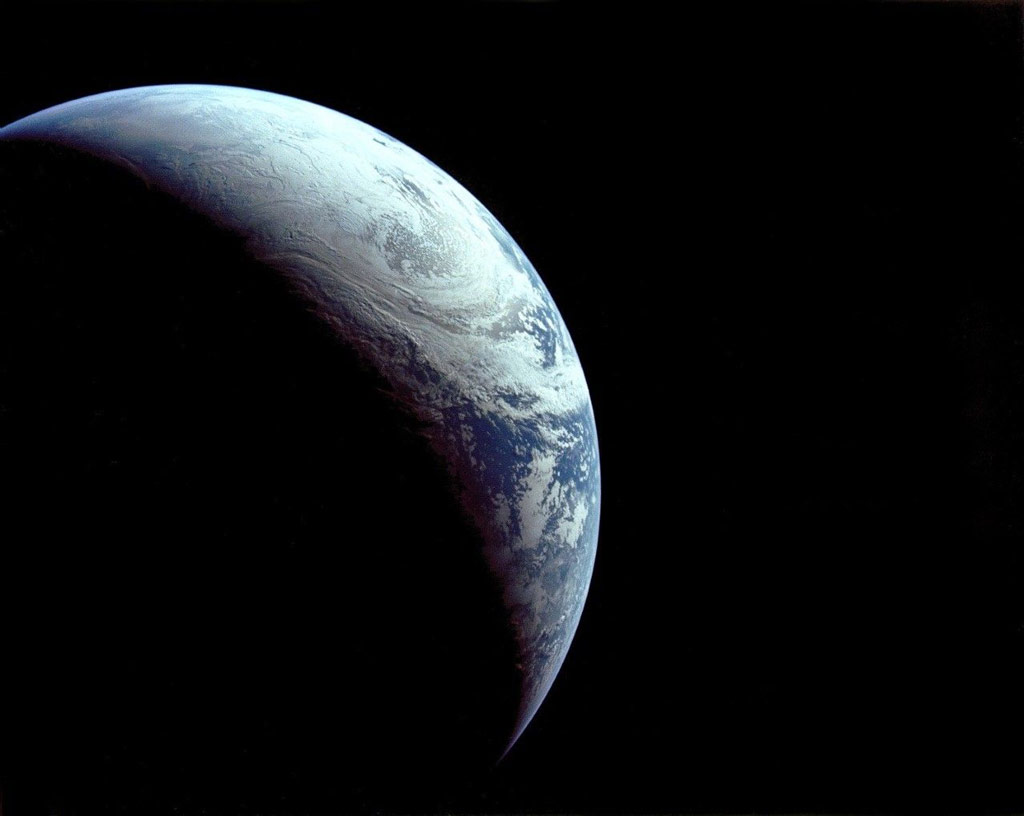
Credit: NASA; Processing: Jason Major
Blue Marble
Earth as photographed from space during the uncrewed Apollo 4 mission on November 9, 1967, the the flight of the Saturn 5 Moon rocket. Taken from about 18,000 kilometers.
Wednesday, November 16, 2022
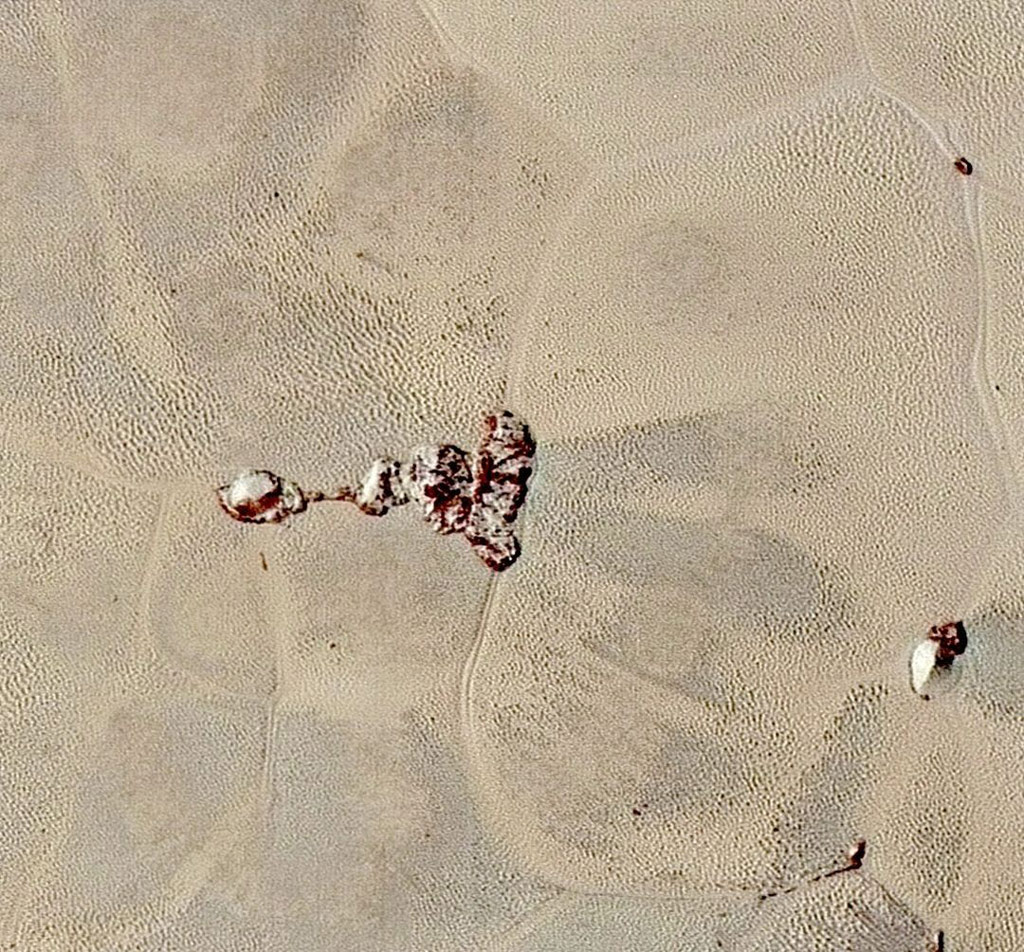
Credit: NASA/Johns Hopkins University Applied Physics Laboratory/Southwest Research Institute
Ice Mountains and Plains of Pluto
High-resolution images of Pluto taken by NASA's New Horizons spacecraft just before closest approach on July 14, 2015, are the sharpest images to date of Pluto's varied terrain-revealing details down to scales of 270 meters. In this 75-mile (120-kilometer) section taken from the larger, high-resolution mosaic, the textured surface of the plain surrounds two isolated ice mountains.
Thursday, November 17, 2022
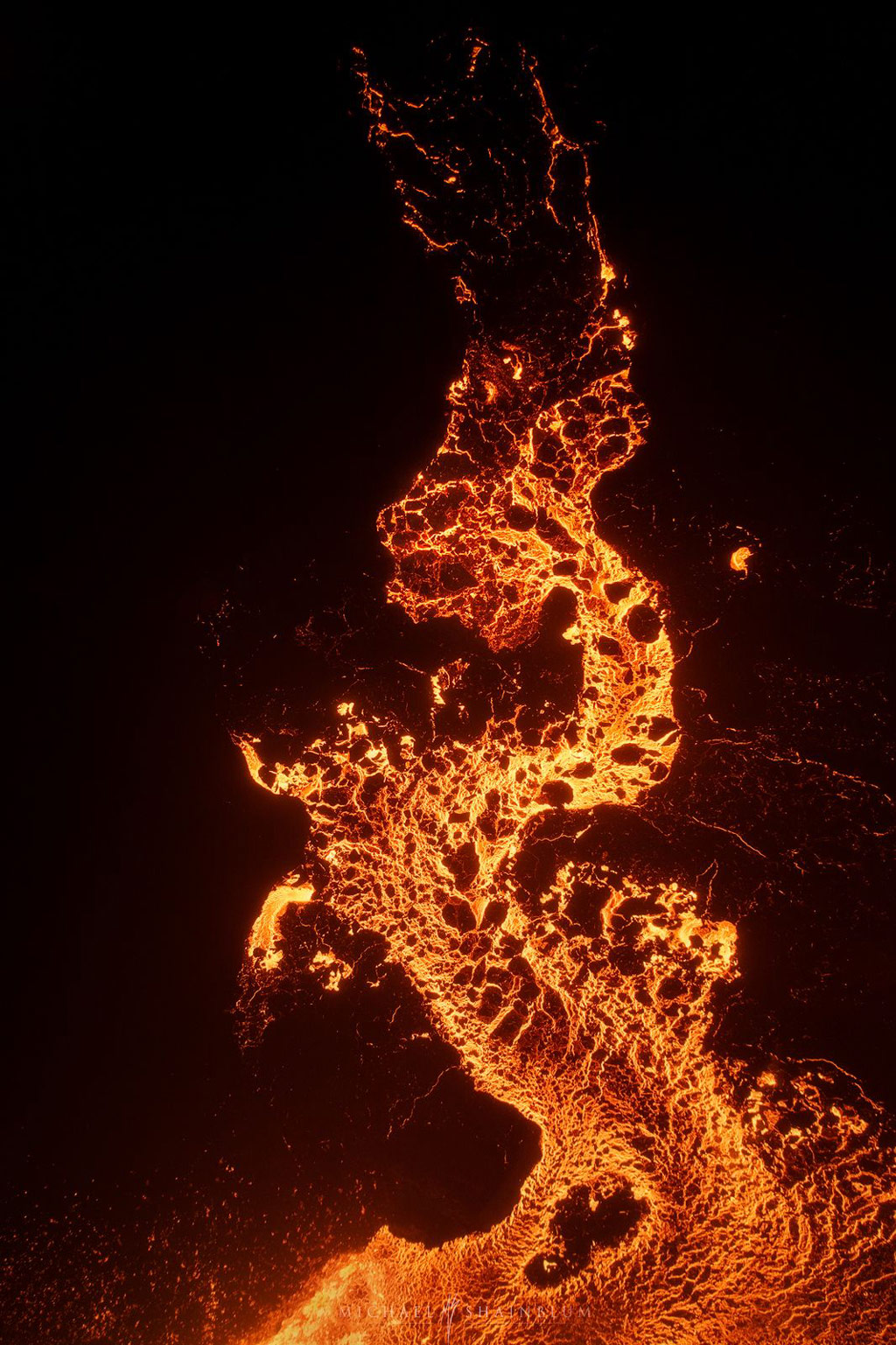
Credit: Michael Shainblum Photography
Lava Dragon
Using a drone, photographer Michael Shainblum captured amazing images of the recent eruption of Iceland's Fagradalsfjall volcano. His favorite of the set turned out to be this one that appears to be a dragon made of flowing lava.
Friday, November 18, 2022
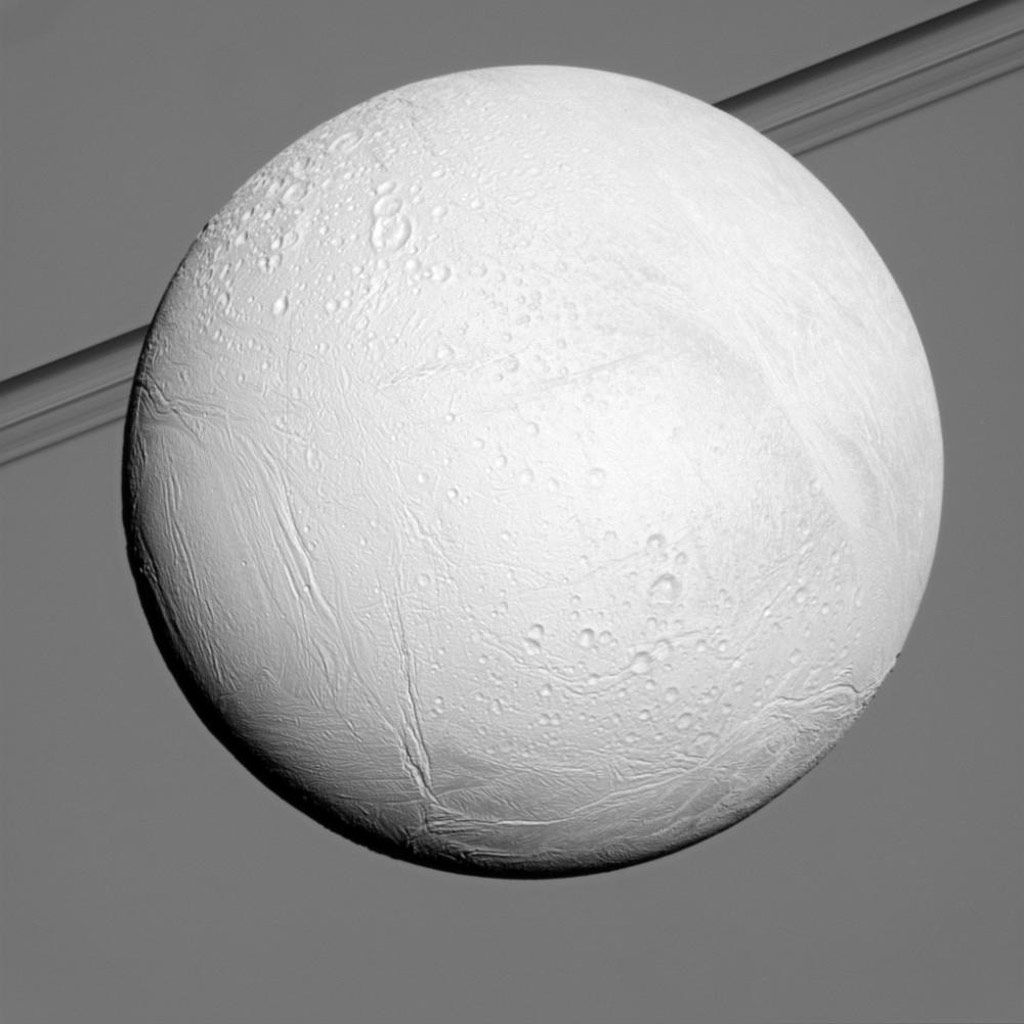
Credit: NASA/JPL/Space Science Institute
Bright Enceladus
Saturn's moon Enceladus reflects sunlight brightly while the planet and its rings fill the background of this Cassini view. Enceladus is one of the most reflective bodies in the solar system because it is constantly coated by fresh, white ice particles.
The image was taken in visible light with the Cassini spacecraft narrow-angle camera on Dec. 21, 2010. The view was obtained at a distance of approximately 102,000 kilometers from Enceladus. Image scale is 612 meters per pixel.
Monday, November 21, 2022
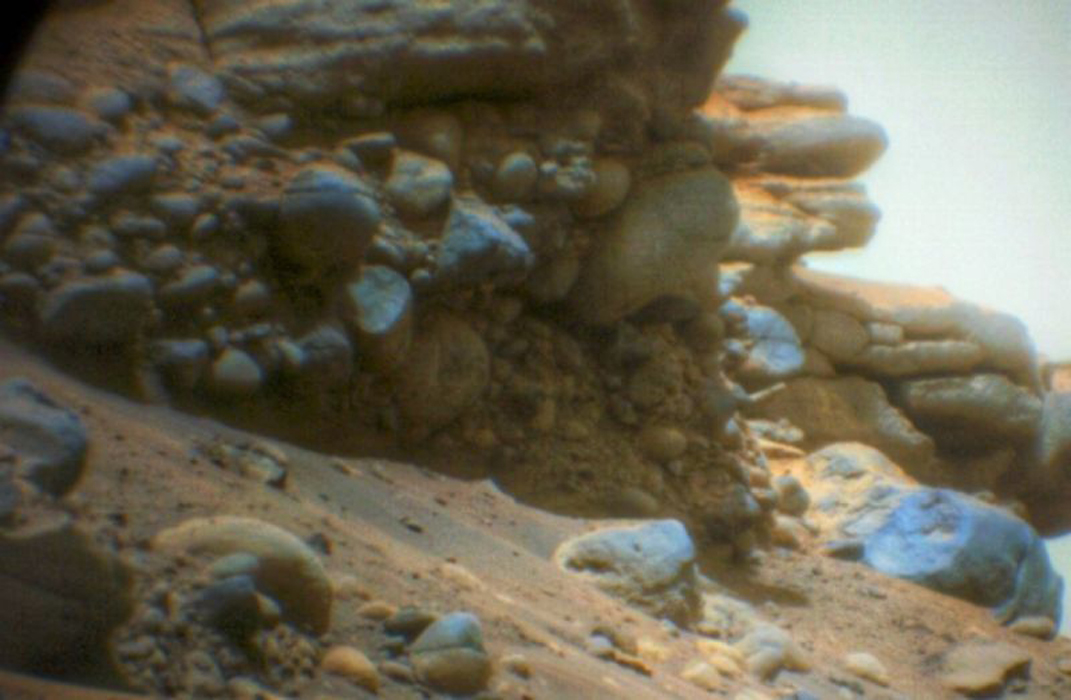
Credit: NASA/JPL-Caltech/LANL/CNES/IRAP
Rounded Rock on Mars
Water-rounded rocks seen by the Supercam onboard NASA's Perseverance embedded in the layers of the preserved river delta. This image was acquired on Nov. 17, 2022.
Supercam images like this one can be seen in the Mars 2020 Mission Perseverance rover multimedia raw images gallery: https://buff.ly/3tMf9cB
Tuesday, November 22, 2022
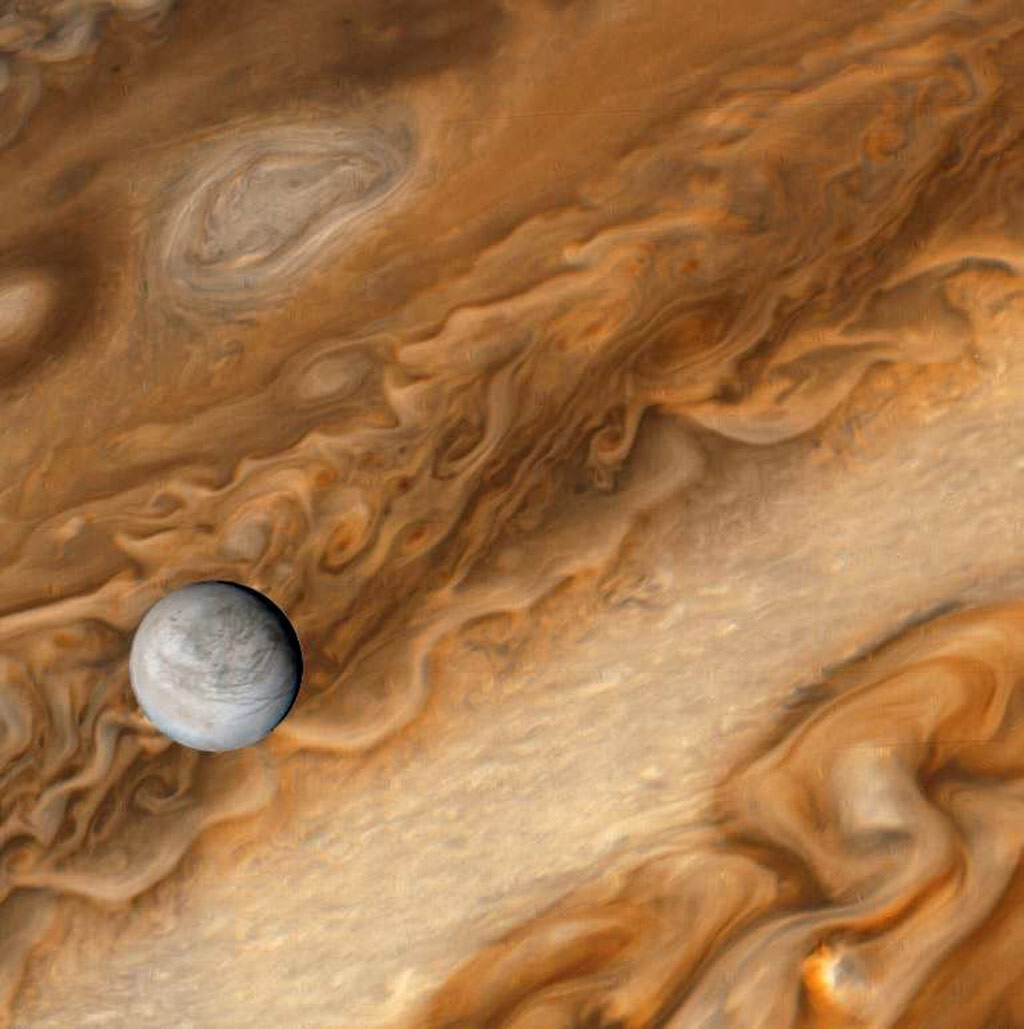
Credit: NASA / JPL-Caltech / Kevin M. Gill
Europa Transit
Galilean moon Europa captured while transiting Jupiter, taken during the Voyager 1 mission using orange and violet filters on March 3rd, 1979.
Wednesday, November 23, 2022
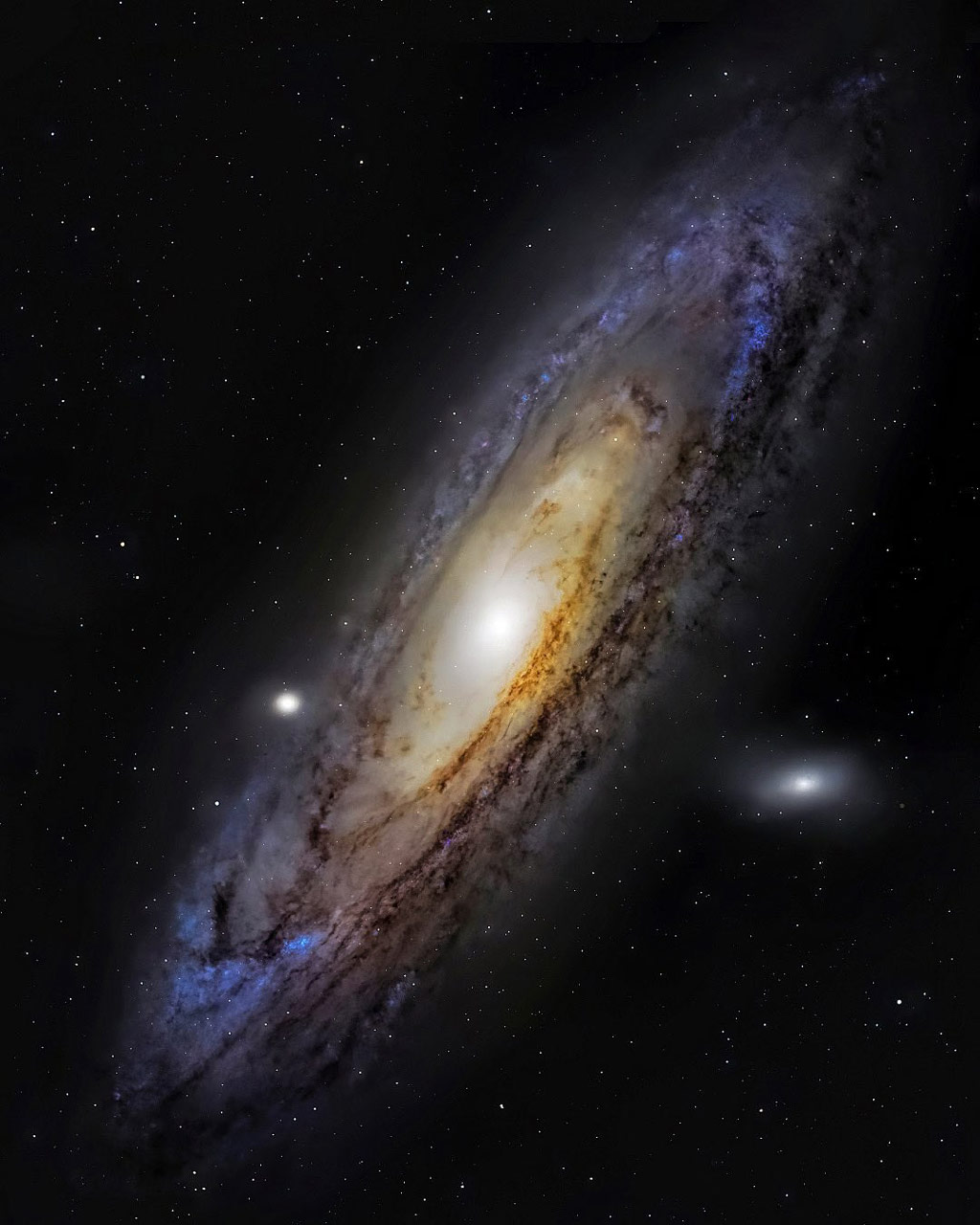
Credit: Dustin Gibson
Andromeda Galaxy
Astrophotographer Dustin Gibson took this photo using over 20 hours of exposure with a Pentax 125 telescope. The Andromeda Galaxy is the nearest large galaxy to our own Milky Way but is still 2.5 million light-years away... and closing. The two galaxies are expected to collide in 2.5 to 4 billion years.
Thursday, November 24, 2022
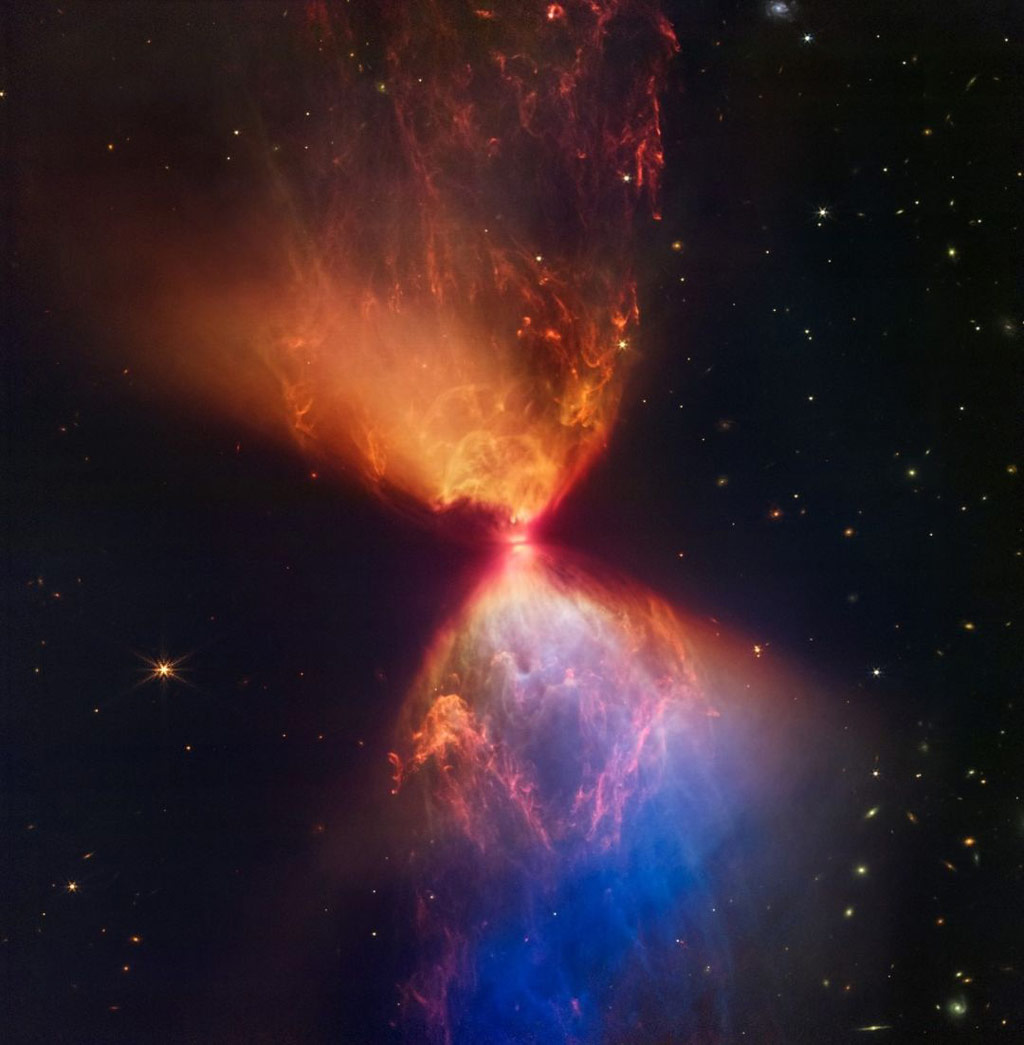
Credit: NASA, ESA, CSA, STScI; Processing: Joseph DePasquale (STScI), Alyssa Pagan (STScI), Anton M. Koekemoer (STScI)
L1527 and Protostar
The protostar within the dark cloud L1527, shown in this image from NASA’s JWST Near-Infrared Camera (NIRCam), is embedded within a cloud of material feeding its growth. Ejections from the star have cleared out cavities above and below it, whose boundaries glow orange and blue in this infrared view. The upper central region displays bubble-like shapes due to stellar “burps,” or sporadic ejections. Webb also detects filaments made of molecular hydrogen that has been shocked by past stellar ejections. The edges of the cavities at upper left and lower right appear straight, while the boundaries at upper right and lower left are curved. The region at lower right appears blue, as there’s less dust between it and Webb than the orange regions above it.
Friday, November 25, 2022
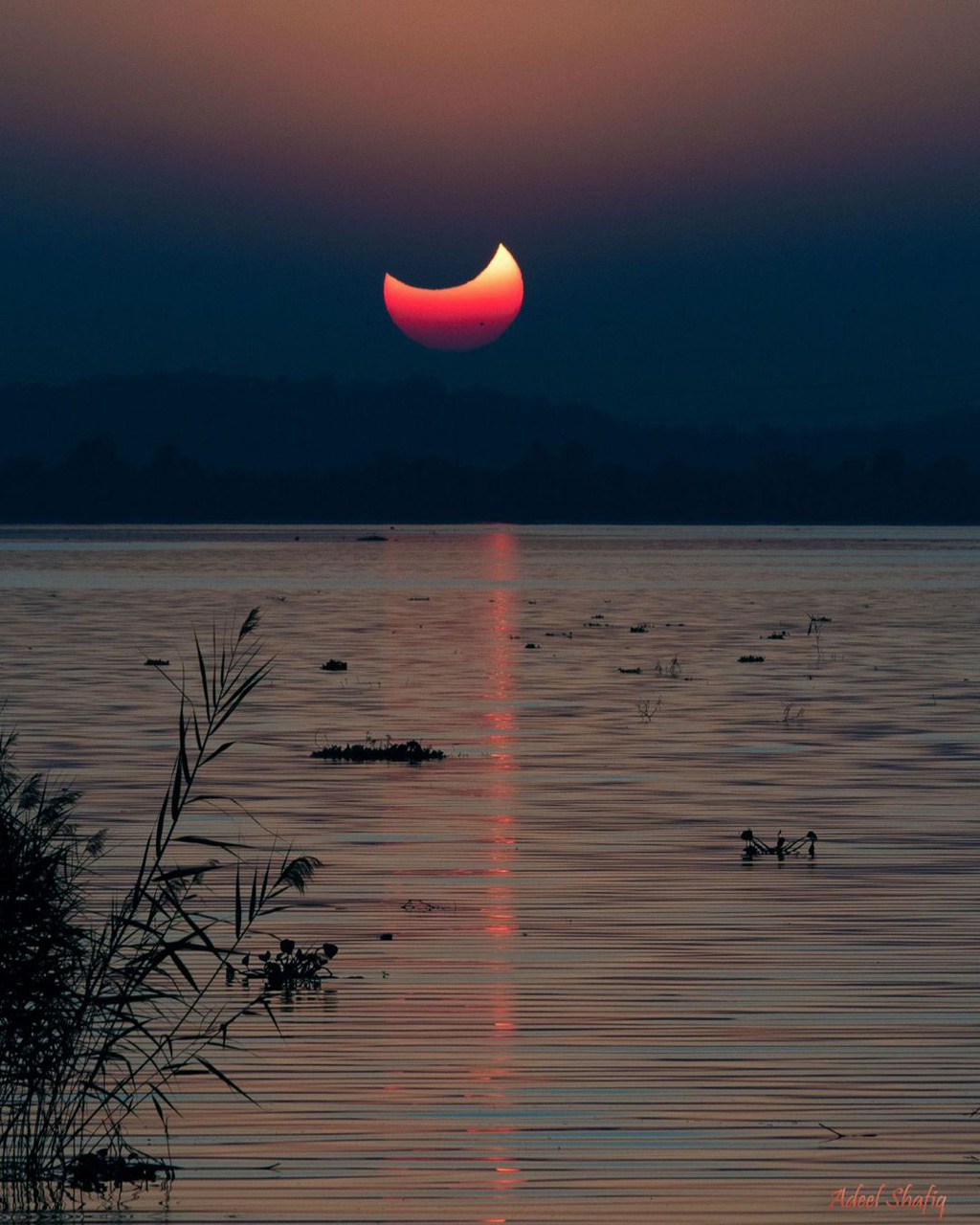
Description: EarthSky. Credit: Mohammad Adeel
Partial Solar Eclipse
Mohammad Adeel in Islamabad, Pakistan, shared this photo he took of the last partial solar eclipse. He wrote: "You can not only see the shadow of the moon obscuring a part of the sun, but if you look closely at the lower edge of the moon's shadow over the solar surface, it appears to be jagged and unusual. These are visible due to the solar light passing through the mountains and peaks of the lunar surface at the terminator, giving it a jagged look. The black dot that you see over the right lower half is just a visibility marker hanging over the distant power lines.”





